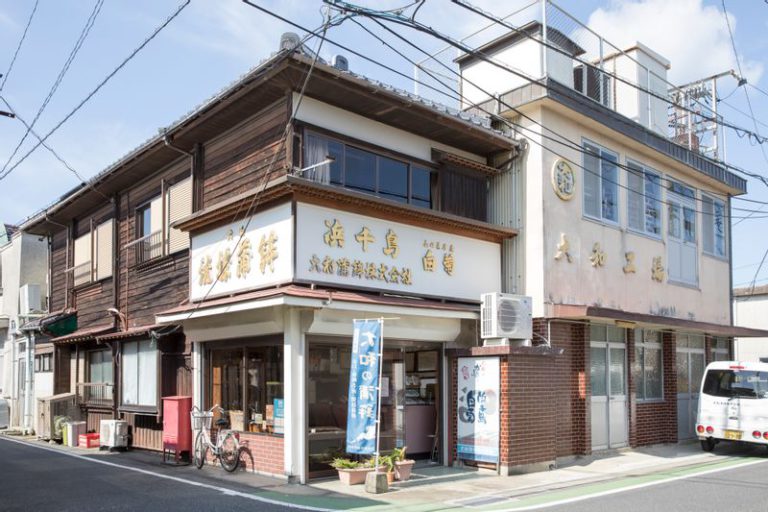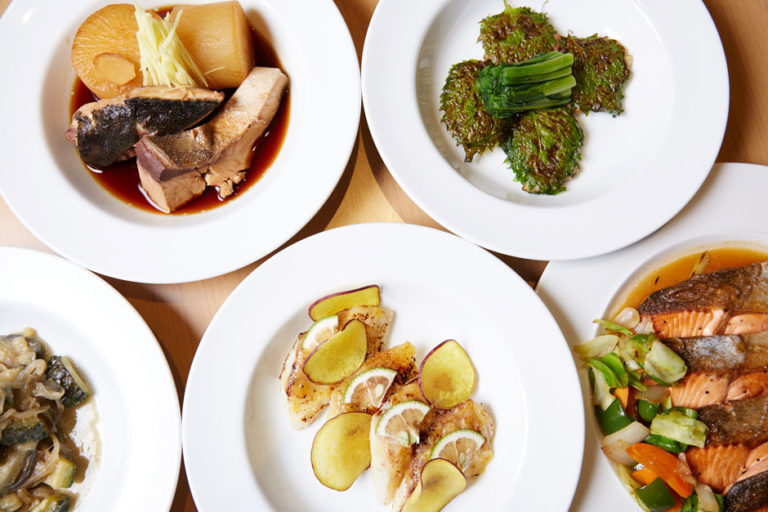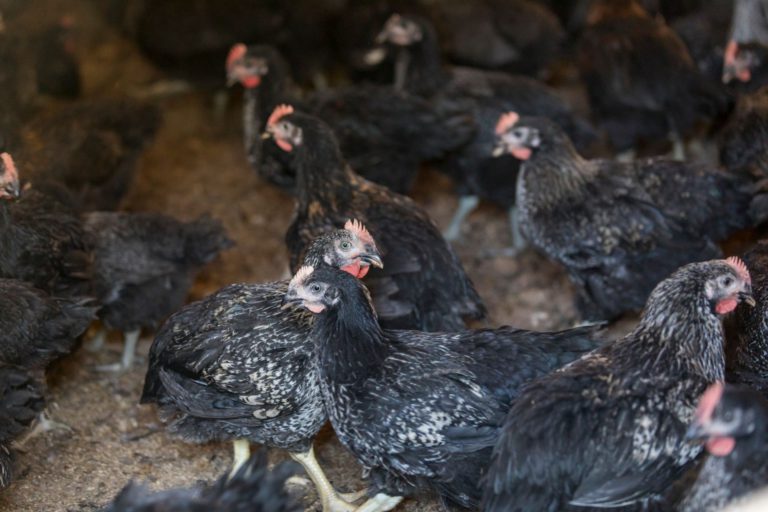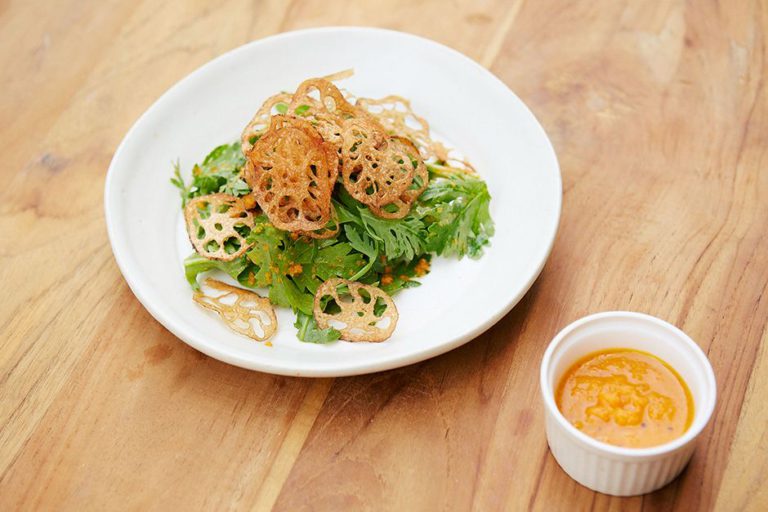Traditional Yakinuki Kamaboko Made with Fresh Fish
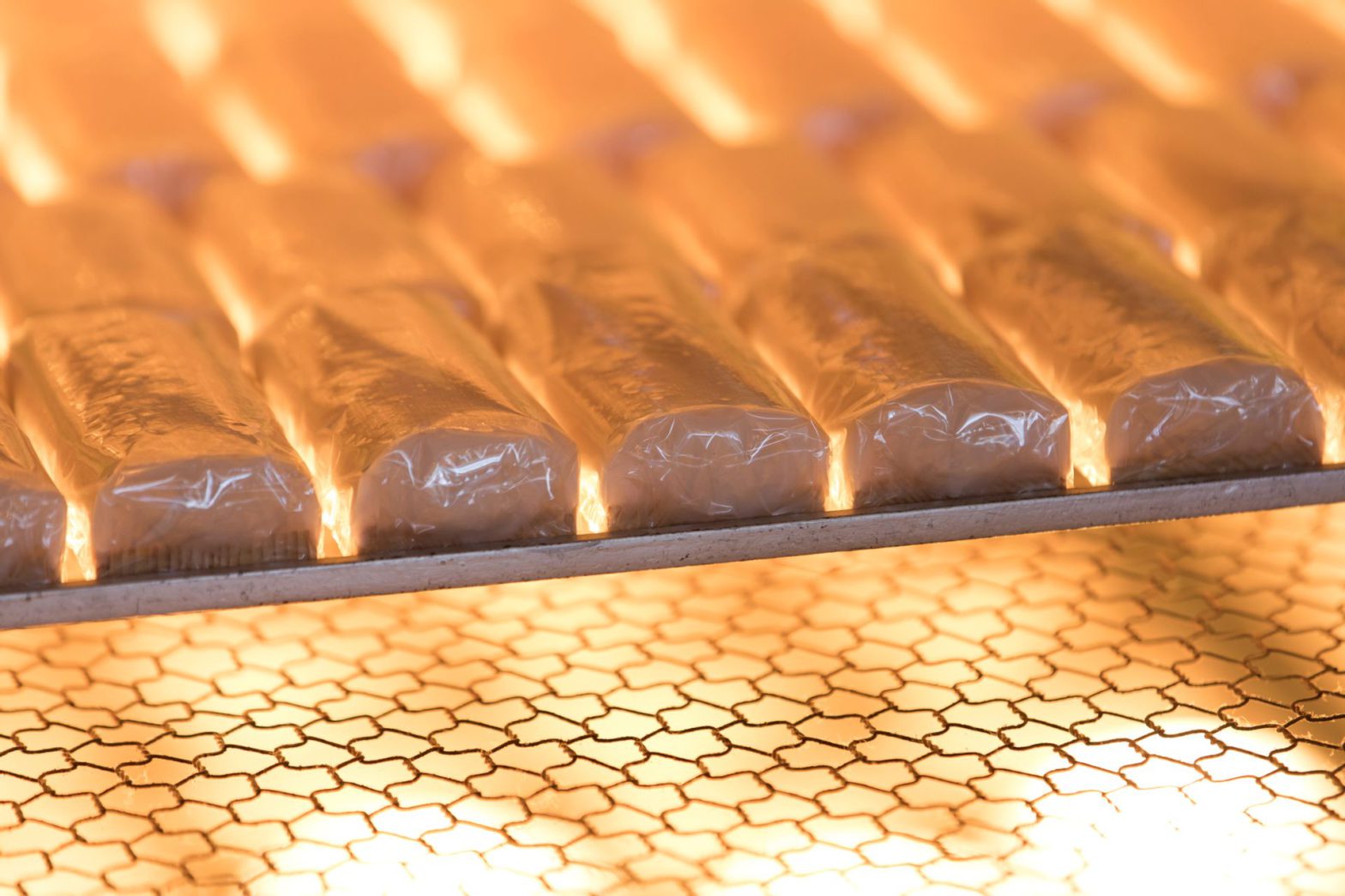
Odawara in the East, Senzaki in the West.
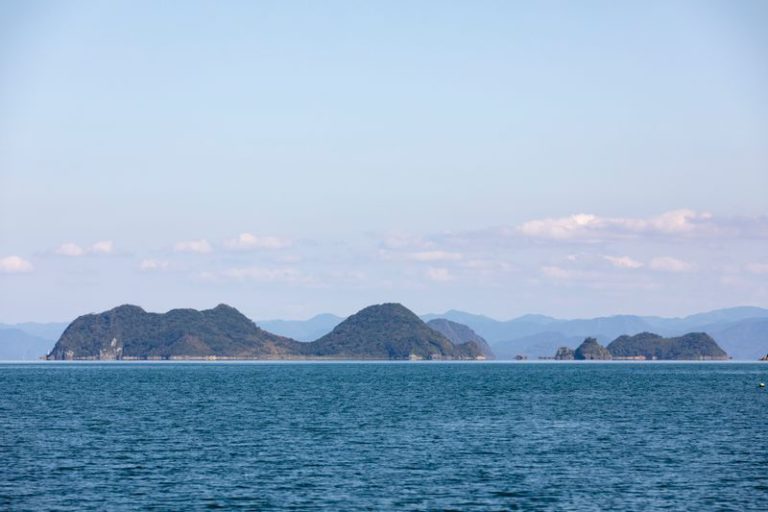
The Kita-Nagato Kaigan Quasi-National Park, which occupies most of Yamaguchi Prefecture’s coast facing the Sea of Japan, boasts such natural scenic beauty it is described as the Alps of the sea. Besides having Senzaki, the birthplace of Misuzu Kaneko, the children’s poet, Nagato is famous for the Sea of Japan’s natural beauties, including the Ryugu Wave Splash, where seawater spectacularly jets through holes carved out by the waves, and Omi Island with its clear, blue waters that can be enjoyed from excursion boats.
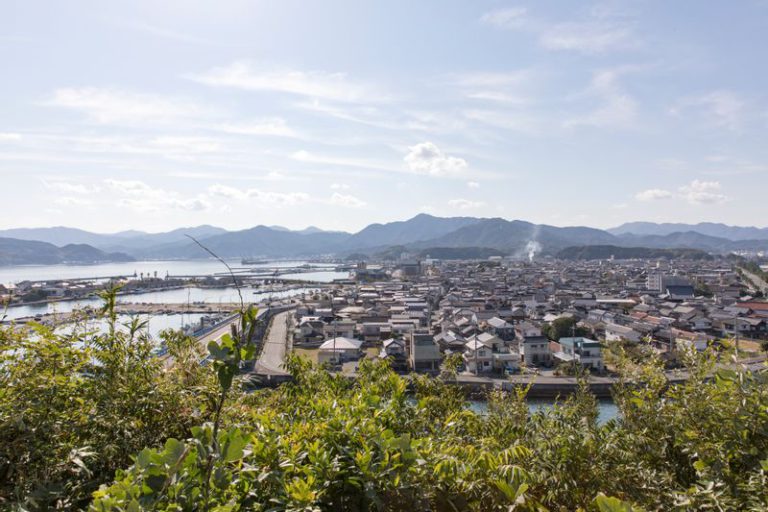
Senzaki Kamaboko is one of the foods that represent Nagato’s food culture. It has a long history dating back to the 1680s, which began when grilled fish paste on bamboo sticks in the shape of cattails were offered to Lord Mori of the Choshu clan. Legend has it that Lord Mori took the Senzaki Kamaboko as a souvenir to the fifth Shogun Tsunayoshi Tokugawa and various daimyo (feudal lords). Senzaki Kamaboko became so famous that Odawara in the East and Senzaki in the West came to be regarded as famous kamaboko production areas.
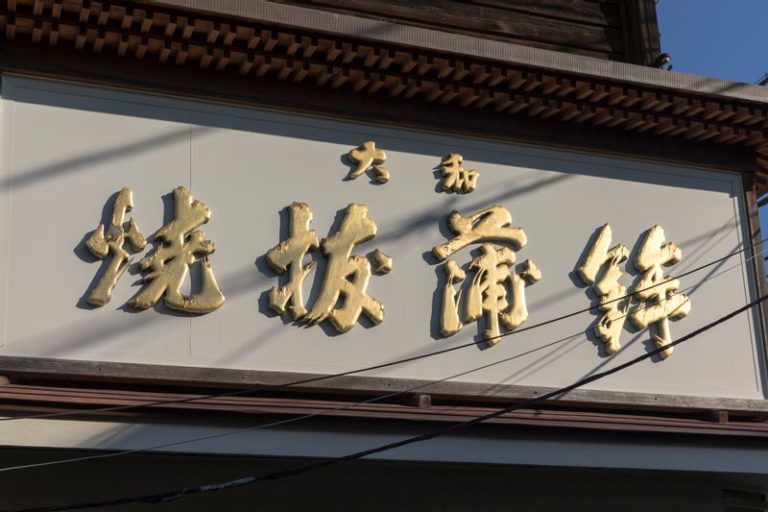
Yamato Kamaboko uses lizardfish as the main ingredient. Lizardfish are regarded by fishermen as by-catch and are despised as they cut through fishing lines with their sharp teeth. The lizardfish that get caught in the fishing nets vary in size, and since they are hard to eat even when cooked due to having many small bones, they had a low market value as fresh fish. However, once the fish was ground and processed, including the tiny bones, it transforms into premium kamaboko with a satisfying texture.
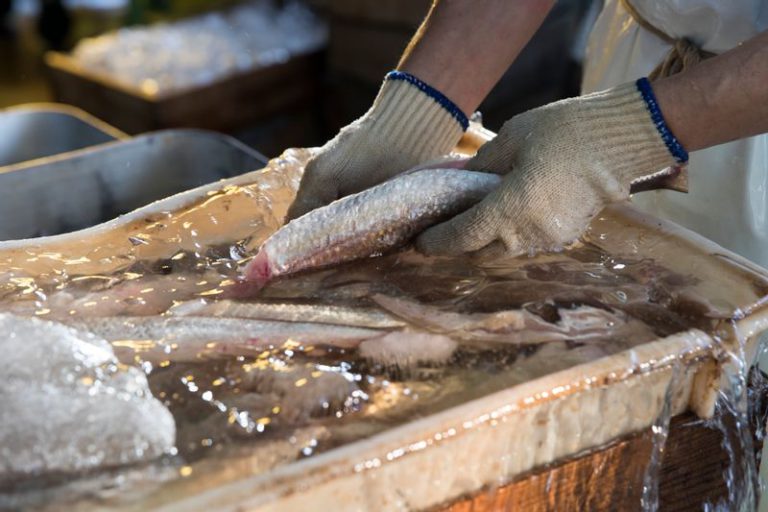
In an era without refrigeration, kamaboko was born out of the wisdom of people of the past in trying to get precious animal protein by processing fish to prolong its shelf life. In this way, numerous kamaboko producers established business near the port in Nagato. It is said that there were more than 20 kamaboko makers in its heyday in the 1960s.
Preserving Senzaki Kamaboko’s traditional yakinuki production method
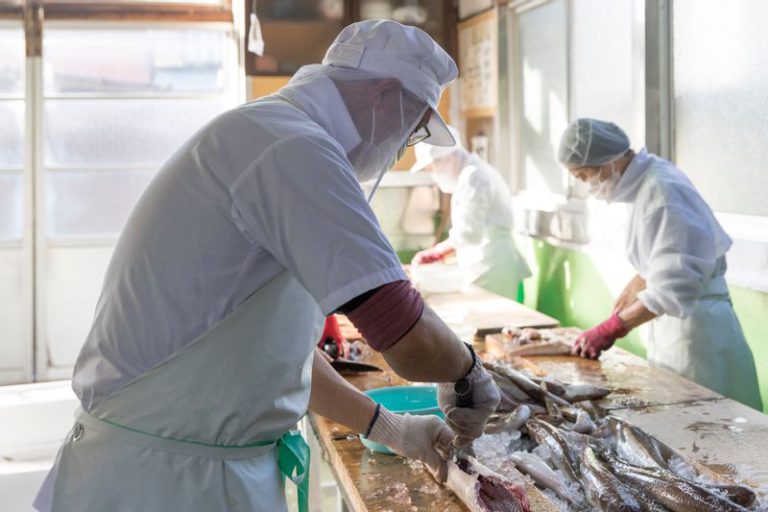
We visited the factory of Yamato Kamaboko, established in 1946. At seven in the morning, the factory already had fresh lizardfish delivered, and workers were prepping the fish with knives. It takes about 20 seconds per fish to remove the head and innards. They said that handling the fish in ice, even in the dead of winter, and swiftly and thoroughly extracting the dark flesh make a difference in the finished product.
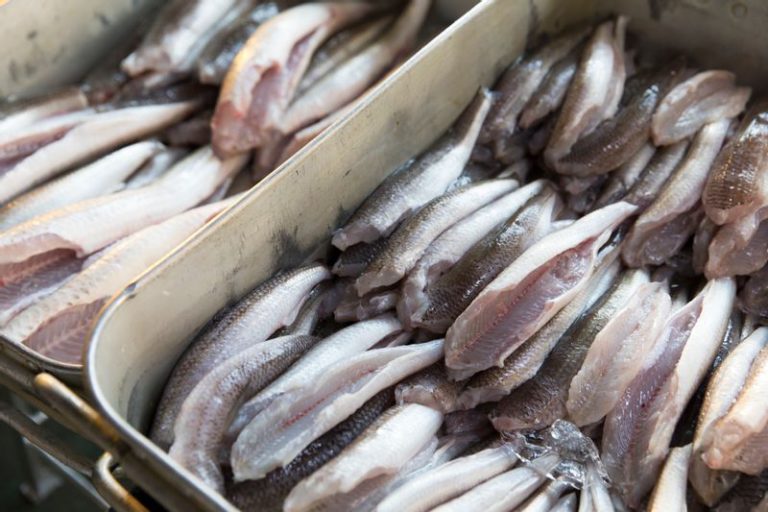
While quite a few kamaboko makers use a frozen paste of such fish like pollack, Yamato Kamaboko has stuck to its traditional production method and continues to make kamaboko using fresh lizardfish only.
“We can’t mass produce because we only use lizardfish caught on the day. These days we’re struggling with securing the quantity of lizardfish we need and the price fluctuations,” said managing director Nao Isono.
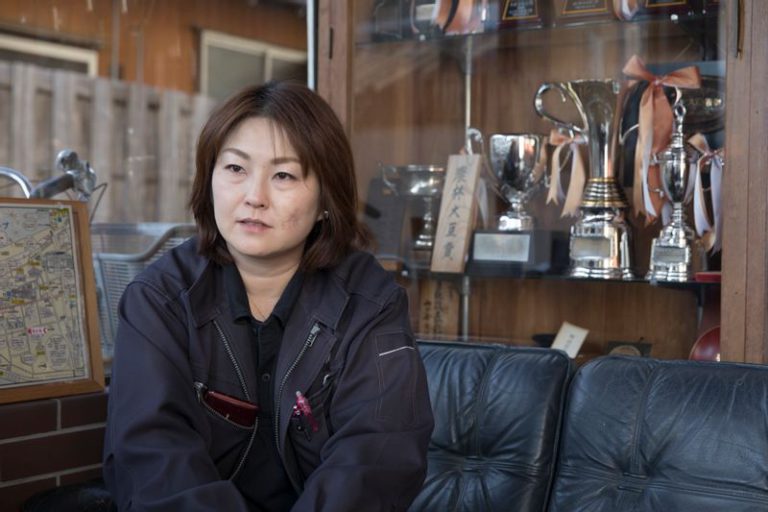
The company used to manage with the lizardfish that landed at Senzaki Port, but the catches have declined in recent years, so they buy lizardfish caught at nearby ports in places like Hagi and Fukuoka.
The lizardfish flesh with the backbones and skin removed is wrapped in cheesecloth and rinsed in cold water, drained, and rinsed in cold water again. Repeating this process several times turns the pale pink flesh white gradually. The process requires expert hands, and the stage where the flesh has retained just the umami, with the excess oils and strong smell removed by the thorough rinsing, is discerned through manual work.
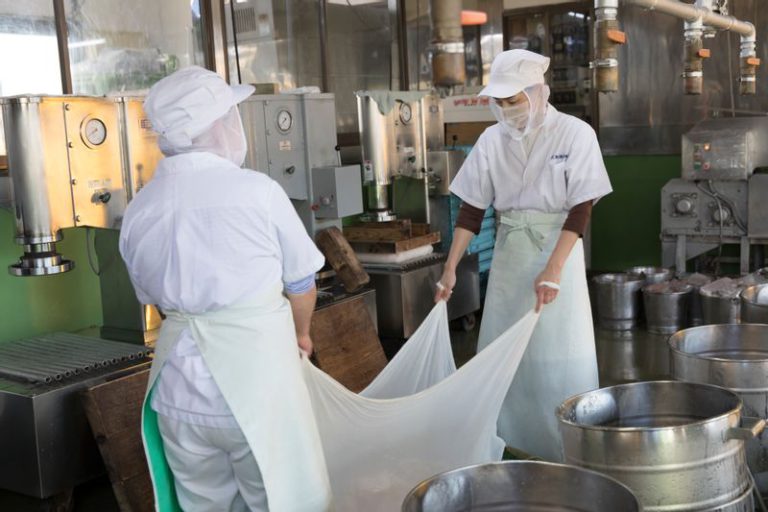
The flesh is then minced in a meat mincer, put in a massive stone mill, and kneaded for about 50 minutes until it forms a paste. Adding salt while kneading changes the fish’s protein composition, and it is a vital process that gives the kamaboko its unique springiness. Salt, egg whites, and mirin are added halfway, but they said they could only rely on years of experience and intuition in determining the quantity and timing. The factory chief watching over the stone mill has been in this line of work for 30 years. He said he could tell how the product will turn out by looking at and touching it.
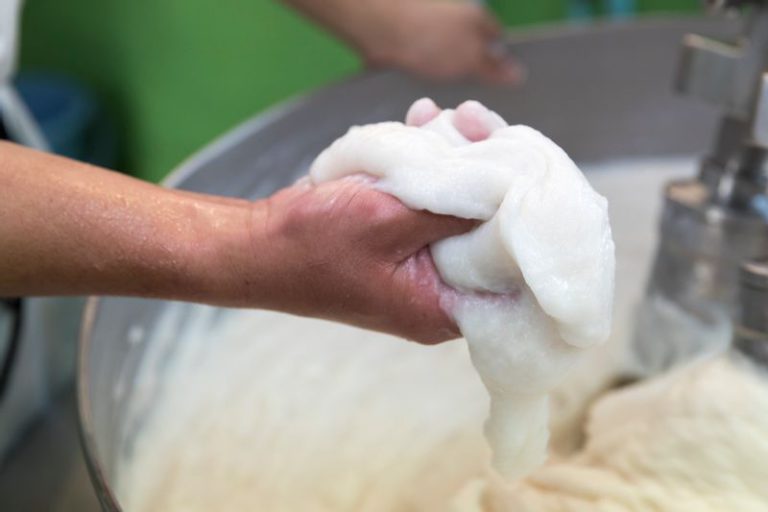
The next process sets the traditional Senzaki Kamaboko quite apart from kamaboko production methods used across Japan.
Steaming is the conventional method used in producing standard kamaboko in Kanto, but an original method called yakinuki is applied in Senzaki. Kneaded fish paste is placed on fir wood tablets, wrapped in heat-resistant film, grilled over a fire on the tablet-side (today, infrared bulbs are used as the heat source) for about 50 minutes, and slowly cooked twice. As the kamaboko is grilled immediately from its raw state, the mixture is mounted on the tablet flat to make it easier to cook through. Since it is heated through the tablet, a thinner tablet is used.
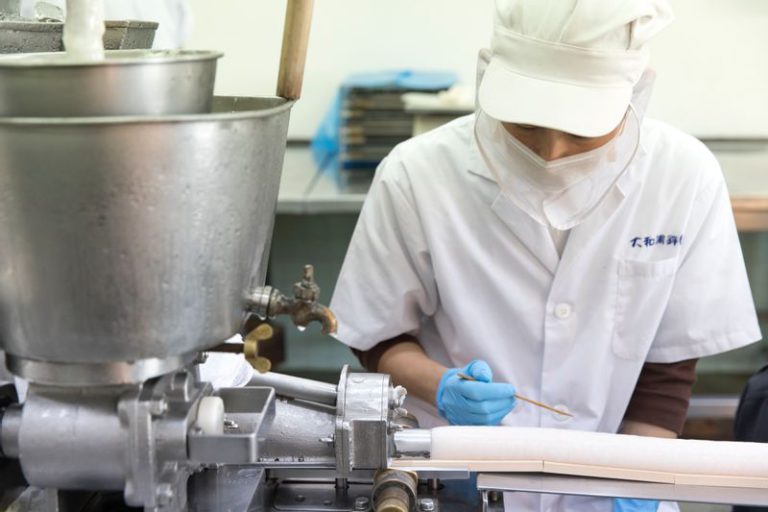
“October to winter is the busiest period for making delicious kamaboko as the lizardfish flesh becomes firmer. We reach our kamaboko shipment peak during the oseibo (year-end gift-giving) season,” said Isono.
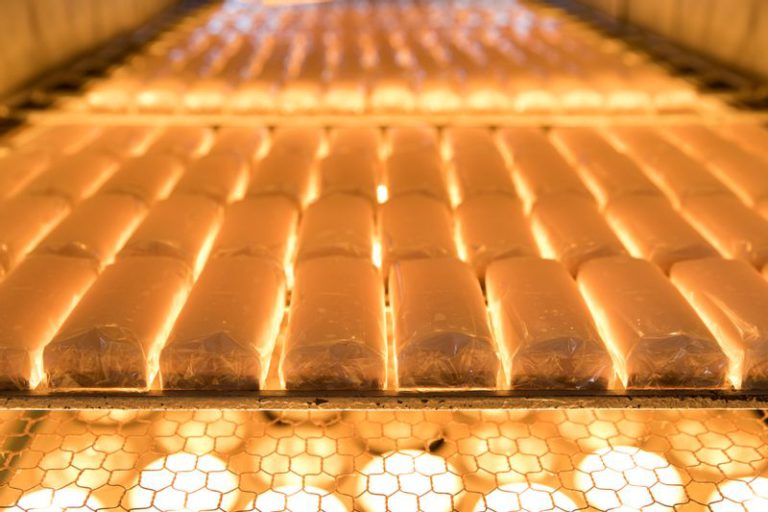
The day’s kamaboko was ready after lunch, about six hours after the early morning fish prep began. They produced 110 kilograms that day, which is about 1,000 sticks worth of kamaboko. A delicate sweet aroma of freshly made kamaboko permeated the factory.
Tasty kamaboko with proper “ashi ”
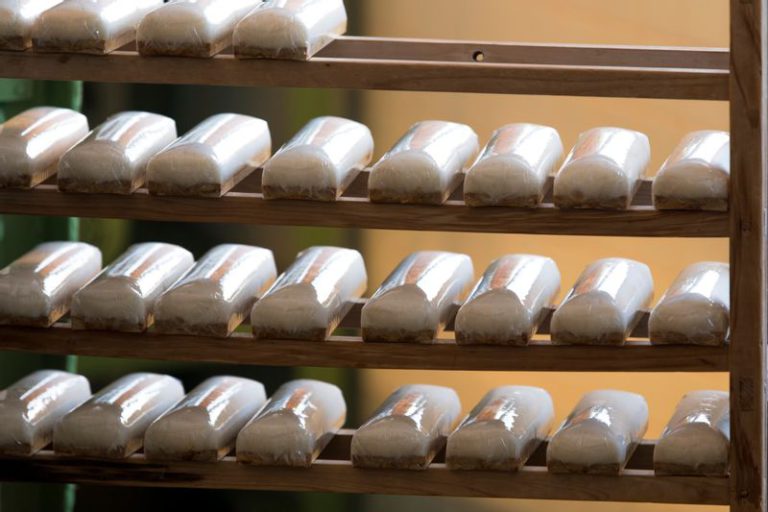
Fine wrinkles that form in the cooling process define the yakinuki kamaboko. The kamaboko is shipped after letting it sit overnight in the fridge; it lines the shelves of local hot spring inns and souvenir shops.
While standard steamed kamaboko is relatively soft and easy to chew through,Yamato Kamaboko’s flagship product, “Hamachidori,” is plump and firm and has a satisfying texture. As it retains a lot of moisture, it releases umami the more you chew. The industry uses the phrase “kamaboko’s proper ashi” to appreciate such supple firmness and smoothness.
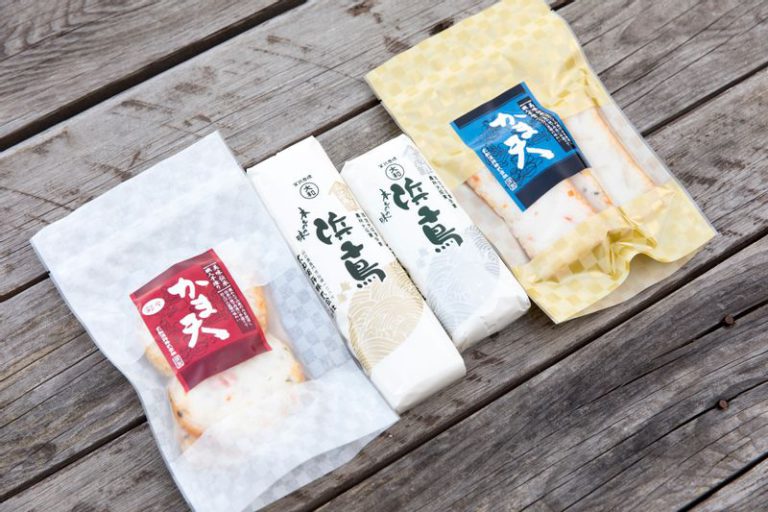
“We have a regional phrase, “mi ga sakui.” It’s like saying the “meat is dry.” We cannot get kamaboko with proper ashi that we are particular about if we use summer lizardfish with a watery flesh or frozen fish paste.”
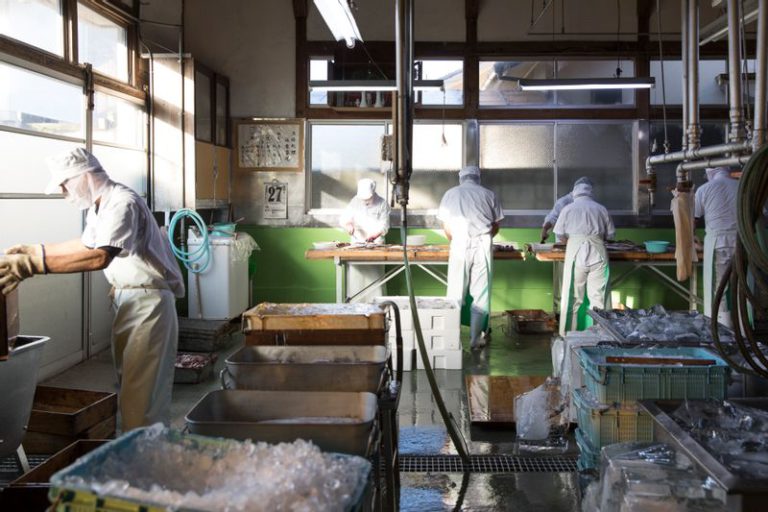
We were told that they dispose of the entire batch of freshly made kamaboko about once or twice a year if the president inspects it and decides that day’s lizardfish is not up to standard. The superb texture and flavor come from carefully choosing the raw ingredients and ensuring that the factory workers take the time to consistently repeat the meticulous processes. We got a glimpse as to why Yamato Kamaboko receives orders from across Japan during the oseibo season.
Senzaki Kamaboko
Source:Yamato Kamaboko Nao IsonoPeak Season
October to winter
How to enjoy them
It is best eaten sliced, without cooking.
It also goes well with wasabi soy sauce, spiced mayonnaise, pickled plum paste, and sea urchin.

